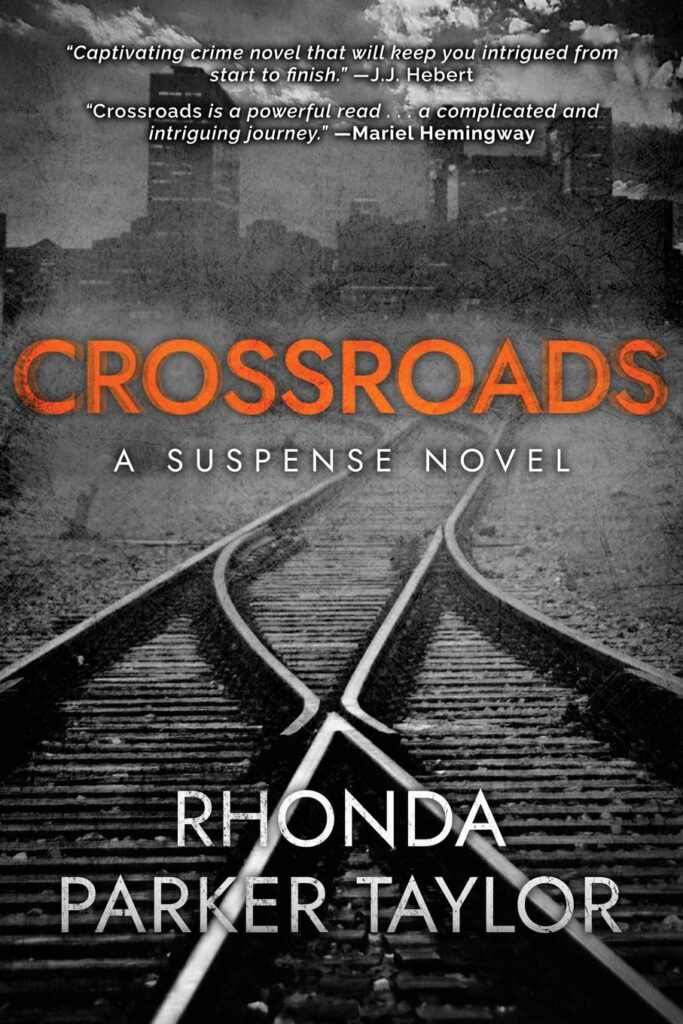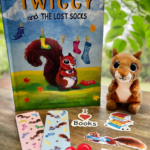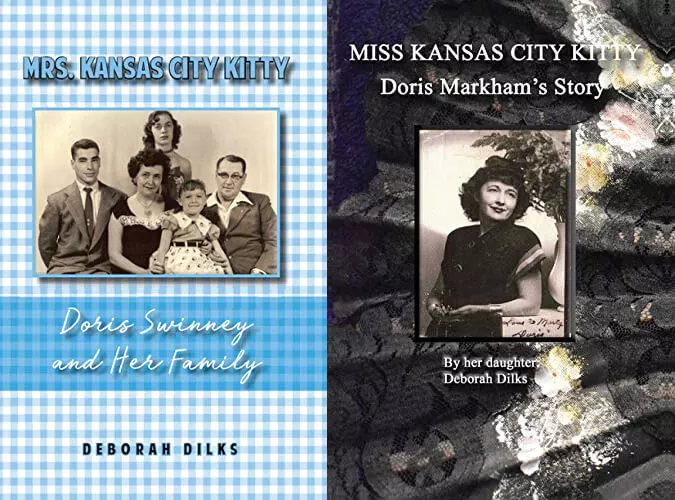Crafting Intrigue: The Art of Crafting Intrigue in the Plot of a Crime Novel
The appeal of a well-crafted crime novel lies in its ability to captivate readers, leading them through a maze of suspense and mystery. The art of plotting a crime novel involves a delicate balance of pacing, strategic clue unveiling, and the careful orchestration of suspense. In this exploration, we will investigate the key techniques that I (Rhonda Parker Taylor) employ as a suspense author to keep readers hooked until the final page is turned.
Content
The Initial Setup of a Crime Novel is Establishing a Foundation
A compelling crime novel begins with a solid foundation, typically laid out in the first chapters. Establish the setting, introduce key characters, and ignite the initial conflict that will set the stage for the unfolding mystery. For my debut novel “Crossroad” I introduced the City of Indianapolis, the police, and the crime scene. The goal of the setup is to get the reader to feel an immediate connection to the world you’re creating, making them eager to dig deeper into the narrative.
The Tension Web Creates the Suspense
Suspense is the lifeblood of any crime novel. Develop a tension web that ensnares your readers, making it nearly impossible for them to put the book down. Introduce red herrings, false leads, and unexpected twists that keep your audience guessing. Examples from “Crossroads” were the three emotions of anger, fiery and envy. Each of the characters displayed behaviors that exhibit these emotions that make them all suspect of having a motive. It is important to remember that a well-crafted crime novel is like a chess game where the author moves the pieces strategically, always keeping the reader on edge.
The Rhythm of Revelation is in the Pacing
Careful pacing is essential to maintain the momentum and sustain the reader’s interest. Balance moments of intense action with quieter, reflective periods. By modulating the pace, you can control the ebb and flow of tension, ensuring that readers are consistently engaged. Allow the narrative to breathe, but never let it stagnate; propel the story forward with each turn of the page. A key to this process for me is to get the story out and go back and ensure that the pace meets the needs of the audience.
A Calculated Dance of Unveiling Clues
The gradual revelation of clues is a delicate dance between the author and the reader. Sprinkle hints throughout the narrative but resist the urge to lay everything bare too soon. Let readers feel the thrill of discovery as they piece together the puzzle alongside your characters. Misdirection can be a powerful tool and one I love to use. I plant subtle clues that may lead the reader down the wrong path before unveiling the true nature of the mystery.
A Window into Motives can Occur in Character Development
In a crime novel, the characters are not mere players but essential elements of the puzzle. To make characters believable one must develop rich, multidimensional characters with motives that are both compelling and ambiguous. Personally, I use the Diagnostic and Statistical Manual of Mental Disorders (DSM-V) to assist personality traits that are consistent and believable. I do this because I understand that as readers become invested in the characters, their emotional involvement in the mystery intensifies. Therefore, use their relationships, conflicts, and personal struggles to deepen the complexity of the narrative.
Tying Loose Ends to Make the Climax
As the story hurtles towards its climax, ensure that the resolution is both satisfying and surprising. Tie up loose ends and reveal the true nature of the mystery, leaving no unanswered questions. The climax is the culmination of suspense and the payoff for the reader’s investment in the story. Deliver a resolution that is both logical and emotionally resonant.
Conclusion
Plotting a crime novel is a meticulous process that demands a careful balance of elements. From the initial setup to the final resolution, authors must master the art of suspense, pacing, and clue unveiling to create a narrative that keeps readers hooked until the last page. By skillfully orchestrating these components, writers can craft crime novels that linger in the minds of readers long after the final revelation.
Get eBook Now
Useful Links:
Website: Rhondaparkertaylor.com
Barnes and Noble: https://bit.ly/bncrossroads
Facebook: https://www.facebook.com/rhondaparkertaylor
Instagram: https://www.instagram.com/rhondaparkertaylor/
Twitter: https://twitter.com/RhondaParkerTa1
LinkedIn: https://www.linkedin.com/in/rhondaparkertaylor/
TikTok: https://www.tiktok.com/@rhondaparkertaylor

Donna is your friend in the know. Her blog is a treasure trove of insightful tidbits on a wide range of topics. From wellness to technology, she’s your source for staying informed and inspired.
















